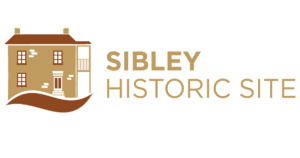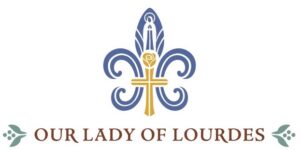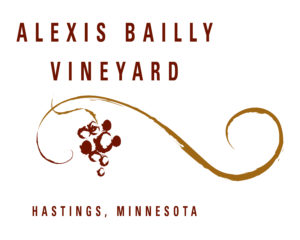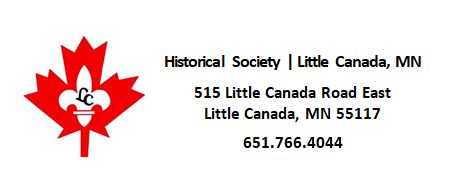Videos
Pierre Girard teaching in Minnesota with a French Accent History Class
Dr. Eileen M. Angelini
Storytelling on Sept. 15, 2017
French-American and French-Canadian Heritage Storytelling. Five stories and six songs, including “Un Canadian Errant,” “Chevaliers de la Table Ronde,” “C’est l’aviron,” “Alouette,” “On est les Boss,” and “Le Mississippi.”
Time and place: Friday, September 15, 2017 1t 6 p.m. Performance begins at 7 p.m.
Banfill-Locke Center for the Arts, 6666 East River Road, Fridley, Minnesota 55432
Music by Peggy Larson and Rocky Mjos. Master of Ceremonies Noel Labine.
Way We Become French
On Friday, February 24, 2017, at 6 p.m.at the Alliance Grande Salle in Minneapolis, the French American Heritage Foundation of Minnesota in partnership with the Alliance Française invited Joe Amato talk and discuss his three roads to French, including as a young man, his studies in Quebec, as a middle aged man, his research into his genealogy and his discovery of his Acadian roots, and as an older man, his discovery that Minnesota really belongs to the Metis.
Joseph A. Amato is a noted teacher, public speaker, scholar, and author of approximately twenty books. He received his B.A. in History from the University of Michigan in 1960, his M.A. in History from the Université de Laval, Québec, in 1963 and his Ph.D. in History from the University of Rochester in 1970. In 1969 Amato began teaching at Southwest Minnesota State University (SMSU) in Marshall, Minnesota where he was a founder and chair of the History Department.
Jerry Foley Et Al History I
Chapel of St. Paul: Mary Wingerd
On the Feast of All Saint’s Day, November 1, 1841, a small log chapel was dedicated on the bluff overlooking the Mississippi river. At the time the chapel was built, there were only a few French Canadian families living in the area. Little did these early settlers know that this little chapel would become a cathedral, a school, a hospital, and would be the inspiration and beginning of a city that would adopt its name and become the capital of the State of Minnesota.
Mark History Part II
Charles Coulombe
Our Lady of Lourdes Parish Hall
Saturday, March 17, 2018 – 2:00-4:30 pm
Mr. Coulombe, the author of The Pope’s Legion, and Puritan’s Empire: A Catholic Perspective on American History. Coulombe is recognized internationally for his in-depth knowledge of Vatican politics and the influence of Catholicism in America and Europe. His international articles have appeared in the New Oxford Review, National Catholic Register, American Thinker, Los Angeles Catholic Mission, Monarchy Canada, and Taki’s Magazine.
Where the Waters Meet
Mark Labine gave a presentation on the early history of Mendota, including the early French explorers, the St. Peter treaties of 1805 and 1837, (Mendota was originally called St. Pierre or St. Peters), the establishment of Fort Snelling and the early fur traders including Faribault, Dupuis, Sibley, and Bailly, and the migration of the Selkirk Colonists from the Red River land near Winnipeg to the area.
Strewn Across the Seas: Acadians
Dr. Marty Guidry is a “Cajun” from Baton Rouge, Louisiana who talked on the Acadian deportation of 1755, with the reasons for the deportation why they deported to the Atlantic seaboard and to France and England, and then into the actual phases of the deportation. He gave his presentation dressed as an Acadian of the 1750s. There are many in Minnesota with Acadian roots.
Stories About Us: Sr. Doreen Charest & Dick Bernard
Finding the Real Bottineau
Pierre Bottineau was born on the Dakota prairie of a French-Canadian father and an Ojibway mother in the early 1800s. He was instrumental in establishing communities there and later brought settlers to Northwestern Minnesota. In finding the real Bottineau, Virgil Benoit will focus on identifying major influences on him and how he adopted and expressed these influences ranging from kinship to community to major concepts of his time. The audience will be invited to critic the methodology of this talk and express their opinions on who they see as the real Bottineau in the final segment of this talk.
Virgil Benoit, Professor Emeritus, University of North Dakota, holds numerous awards recognizing both his academic record and community service.Professor of French he taught French language, French culture, and specialized in the heritage of descendants of French Canada in the Middle West. He publishes and writes for The Oxbow, a journal devoted to the examination of cultural transmission.
Crac! Frederic Back 1981
The video below by Frederic Back is a great film that tells a wonderful story or our French-Canadian heritage and culture
Early Fur Trade
Greg Cash discusses the French Fur Trade in Minnesota, from the arrival of Médard Chouart des Groseilliers and Pierre Esprit Radisson in Minnesota in the mid 1600’s to the establishment of la Compagnie de la Baie d'Hudson (Hudson’s Bay Company) in 1670 and la Compagnie Nord-Ouest (Northwest Company) in 1789 to the building of Fort Snelling and creation of the Indian Agency to control the region’s fur trade in the early 1800’s and the establishment of the American Fur Company which controlled regional trading in furs by 1823.
Arcadia
Bottineau Jig, Untold Tales of Early Minnesota
Dayton Event
The French-American Heritage Foundation hosted an event at the St. John the Baptist Church, 18380 Columbus Street, Dayton, MN 55327. Members of the board of the French-American Heritage Foundation, along with other volunteers, have written a book which celebrates the French-speaking pioneers who settled or lived in the Dayton area in the 19th Century. On October 16, 2022, Caroline Meilleur and Mark Labine discussed the making of this book and talked about these pioneers of Dayton and where they came from in Canada.








